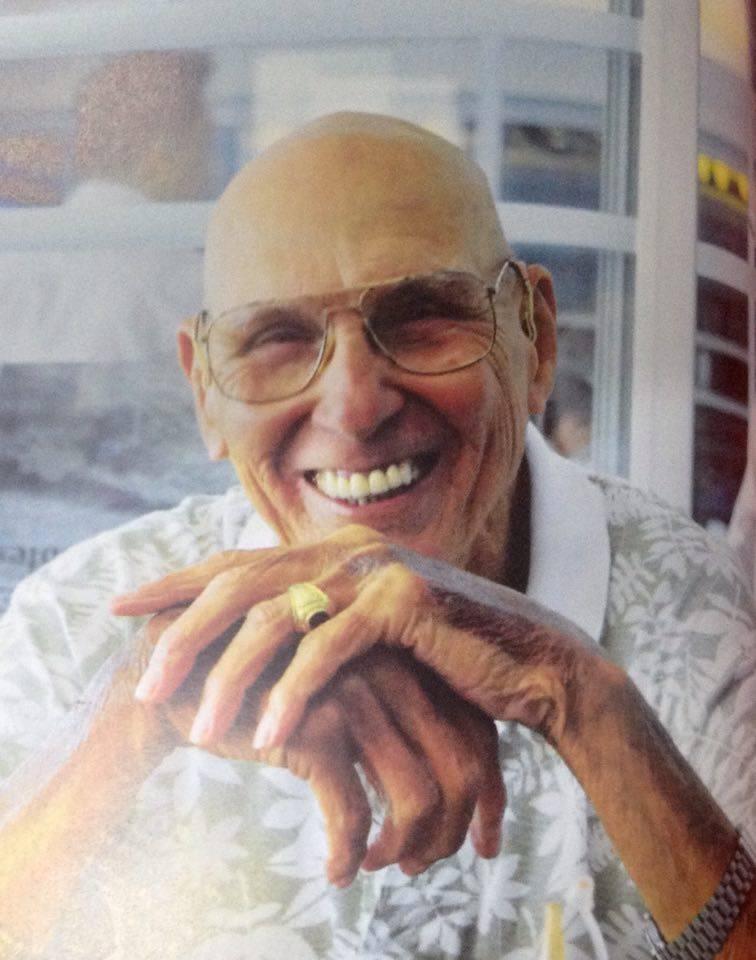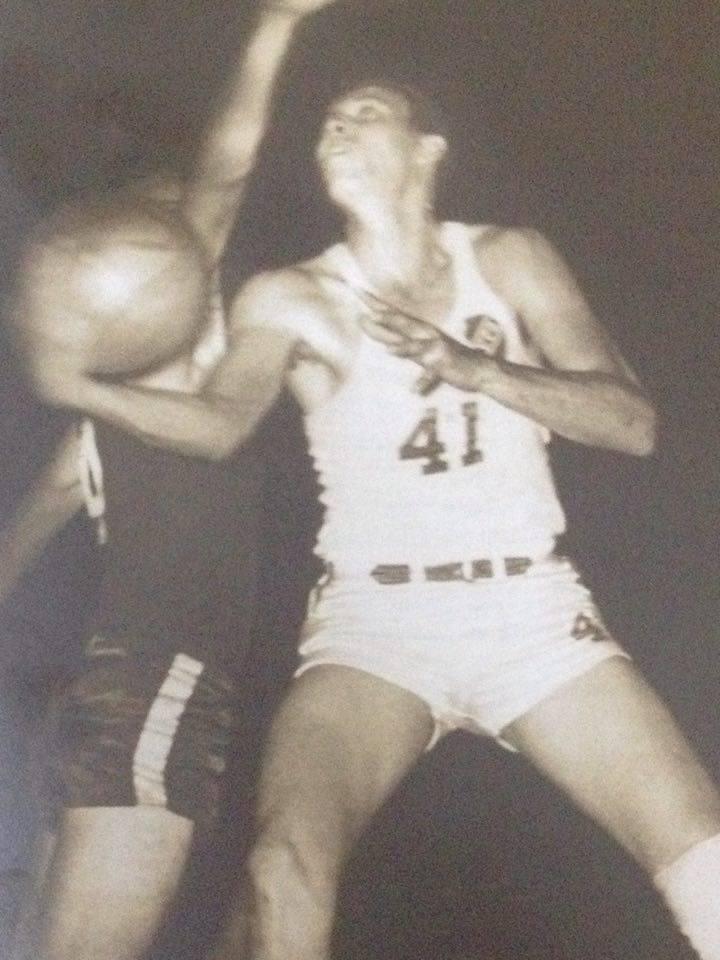Tributes pour for Philippine basketball great, 'King Caloy' Loyzaga

Tributes flowed on Thursday for Carlos "The Great Difference" Loyzaga, a two-time Olympian widely regarded as the nation's greatest player who died aged 85.
Loyzaga, who was part of the Philippine team that won the bronze medal at the 1954 Rio de Janeiro world championships in the Philippines' best finish at any international basketball tournament, died at Cardinal Santos Memorial Medical Center on Wednesday.
"He was a legend," said Joey Romasanta, spokesman for the Philippine Olympic Committee which led the basketball-crazy nation's tributes for the Filipino great.
"We were very fortunate to have had somebody like him play basketball for our team."
The Philippine Basketball Association also paid tribute to Loyzaga late Wednesday with a moment of silence and a short video presentation at half-time of the 2016 Philippine Cup finals' game five.
Loyzaga had been in delicate health since suffering a stroke in 2011.
His remains were taken to the Arlington Memorial Chapels in Quezon City for public viewing. Daily masses would be held at 7 p.m. Public viewing from 7 a.m. to 4 p.m.
At 4 p.m. Monday, Feb. 1, Loyzaga's remains would be taken to his alma mater, San Beda College, where a Requiem Mass would be celebrated.

THE GREAT DIFFERENCE
According to one sporstwriter, Loyzaga was Philippine basketball and Philippine basketball was Loyzaga during the Golden 50s.
At a time when large chunks of the globe were still learning to play the game, the swift-footed, 6-3 do-it-all center was putting the Philippines on the basketball map.
"The Great Difference", a monicker coined for Loyzaga by the late sportscastrer Willie Hernandez because of his importance to the team, averaged 15.7 points at the 1956 Melbourne Olympics where he squared off with 6-11 NBA legend Bill Russell. He also averaged 10.6 points per game at the 1952 Olympics in Helsinki.
Loyzaga made the All Stars team of best players at the 1954 world championships.
According to his biography, Carlos Loyzaga: The Big Difference, which was published in 2013 by the San Beda Alumni Association, Loyzaga was twice offered by a university to play in the US NCAA, but rejected the proposition for family reasons.
"Following a prodigious all-around performance in the Melbourne Games that gained him nomination to the Olympic all-star team, Caloy was offered twice by Oregon University to play for the Ducks in the US NCAA, all expenses free," it said.
"The first offer he turned down because he did not want to be away from his mother, brothers and sisters. Loyzaga rejected the second offer a couple of years later because of Victoria Cuerva, his beauteous wife, and son Joaquin (Chito), his first-born and potential heir apparent."
His biography also said that because of his impressive performance in the world championships, he was offered to play in the National Basketball Association by the Baltimore Bullet.
"He was the first Asian and first non-American to be offered to play in the NBA even earlier than Yao Ming," banker Jose Araullo, a friend and contemporary of Loyzaga at San Beda, said.
With Loyzaga as anchor, the Philippines completely dominated Asian basketball, winning four straight Asian Games gold medals between 1951 and 1962.
They also won two Asian Basketball championships, now known as FIBA Asia championship, in 1960 and 1963. He then coached the nation to victory in 1967.
'PELE' OF PHILIPPINE BASKETBALL
Ignacio Dee, a veteran sportswriter who also contributed a piece in Loyzaga's biography, described him as the "Pele of Philippine basketball".
"Loyzaga was a rarity in that he could play all three positions — center, guard, forward — with equal efficiency," he wrote.
Dee told GMA News Online basketball players in Loyzaga's time "play to win".
"For the younger generation who grew up with games on TV, Caloy and his contemporaries were only showcased by radio and newspapers. But scrutiny was just as intense, with columnists like Teddy Benigno for the Chronicle, sportscaster Willie Hernandez, who had a daily noontime sports radio program and the rising Tony Siddayao, Benjie Defensor, Gus Villanueva.
"This was an era where players had to report for work in the morning after evening practice for the national team, three or four times a week. They were selected to play for the country. No allowance, no incentive if they win.
"Loyzaga was not that successful coaching in the MICAA or the UAAP, but steering the national team to the 1967 ABC title, two years after losing the crown, was just like dominating MICAA, like what his Yco Painters did in the 1950s," he said.
The late Gabby Fajardo, who had coached Loyzaga, said "he had the height, speed and great shooting arm for a game that called for height, speed and good, shooting".
The late Eduardo Pacheco, a Mr. Basketball and Mr. Football awardee in his time and was Loyzaga's teammate at San Beda and the national team, was once quoted calling Loyzaga as "the No. 1 player of the 20th century".
"Caloy was a complete package because of his ability to defend, shoot, rebound and most of all, pass ... nobody has taken his place," he said.
San Beda coaching consultant Loreto "Bonnie" Carbonell, who had also played with Loyzaga in the NCAA, YCO and the Olympics, recalls, "[Caloy] was not a ball hog, unlike the other centers who would go straight for the basket if they have the ball."
"Caloy was the ultimate team man and always looked for an open teammate," he told writer Lito Cinco who wrote a chapter in Loyzaga's biography. — Ares P. Gutierrez, GMA News with Agence France-Presse




